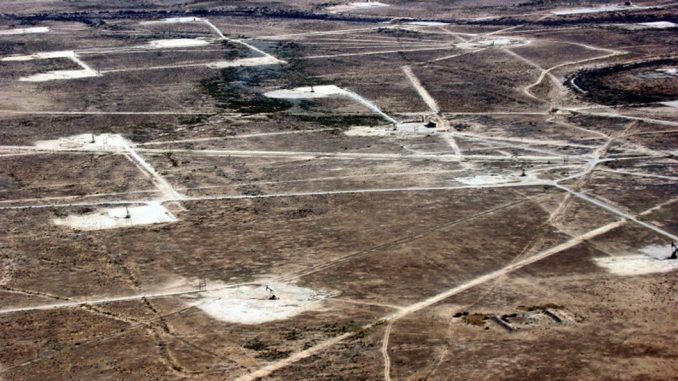
Across the globe, there seem to be a never ending number of projects to launch new pipelines. You name a continent, and we can give you at least five major pipelines that are already under construction or in the planning stages.
But what happens when supply outstrips demand? At some point, there will be too many pipelines, leaving these huge infrastructure networks spanning vast swathes of the planet to sit empty with no use.
The Permian Basin region of Texas and New Mexico in the United States is experiencing such problems. The region has pipeline capacity for seven million barrels of oil per day. Covid-19 resulted in a drop in demand to four million barrels per day, meaning that over half of the available pipeline space is currently unused.
By early 2021, pipeline capacity is expected to climb to around 8.3 million barrels a day. Should demand not recover, then more than 50 percent of the pipeline network in the Permian Basin will be redundant.
Even if demand does begin to soar, it seems unlikely that it will reach the levels needed to fill capacity. The cost of maintaining pipelines and carrying out emergency pipe repairs means that pipeline companies may be better off cutting down or adapting their networks rather than leaving them idle in the hope that one day they will be needed.
Pipeline companies have responded by cancelling now unnecessary projects which would have boosted capacity further in the region. A 450,000 barrel a day pipeline that was due to carry oil into south Texas has been scrapped and more look set to follow.
Rather than growing pipeline capacity, the challenge now is to increase returns and make better use of the existing pipelines which are currently serving little to no purpose. What happens in the Permian Basin can therefore provide lessons for the rest of the world over what to do when there are too many pipelines.
The obvious place to start is by trying to increase demand for oil being produced in the Permian Basin, thus leading to more usage of the region’s pipelines. Some pipeline firms including Energy Transfer and Epic Midstream Holdings LP have lowered the rates they charge to ship oil in a bid to make their product more attractive.
Another option is to reverse the direction which oil flows through existing pipelines. Rather than sending oil to north Texas, New Mexico and Oklahoma, supplies could be redirected to the Gulf of Mexico, where they can be exported globally.
Pipelines can also be converted to carry natural gas. When demand for oil in the Permian Basin was high in 2018, Enterprise Products Partners switched one of their pipelines from carrying natural gas liquids to crude.
The company are now said to be considering converting that pipeline back. Others may follow suit by adapting their own lines to carry gas, giving them new purpose in a region where there are too many crude oil pipes.
Finally, pipeline companies could find themselves having to merge with one another to survive. Plains All American Pipeline Chief Executive Willie Chiang told investors in September: “You have to grow in different ways, and I do think as we go forward, more consolidation will happen.”

Leave a Reply